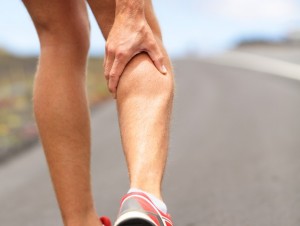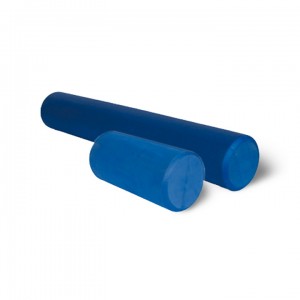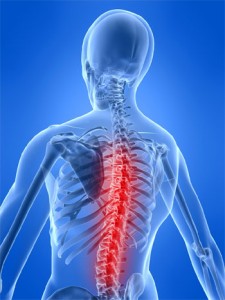 All of us have suffered from sore muscles at some point in our lives, the good news is, there are many ways to treat sore muscle pain.
All of us have suffered from sore muscles at some point in our lives, the good news is, there are many ways to treat sore muscle pain.
Post-workout muscle pain is the most common cause of sore muscles, and is known in the medical community as “DOMS” or delayed onset muscle soreness.
DOMS occurs when an exercise, or a repetitive motion causes stress to muscle tissue. The tissue develops microscopic tears, causing inflammation followed by pain, usually 24 – 36 hours after the incident.
Using these 5 tips will help you mange the pain and speed up your recovery.
Hydrate ~ Make sure you are properly hydrated. Your body and your muscles need water, especially when they are sore.
Alternate ice and heat ~ Ice works wonders for sore muscles. Once the onset of soreness occurs, use ice and alternate with heat a few hours later. Ice helps in decreasing swelling, and heat will increase blood flow and help relax the muscles.
Stretch ~ Your muscles need to be stretched back to their normal length. Warming up the muscles properly and stretching before physical activity is a superb way to prevent or minimize most muscle soreness.
Walking ~ Muscle soreness is a result of tiny muscle fiber tears, and it’s also a result of a buildup of lactic acid. Going for a walk helps to decrease that buildup of lactic acid.
Rest ~ Sleep allow muscles to regroup and rebuild.
The following disciplines and techniques can be extremely beneficial when dealing with sore muscles, so talk with your health care practitioner and find out which techniques are right for you.
Massage is used to relieve pain, relax, stimulate, by working on the soft tissues, the muscles, tendons, and ligaments to improve muscle tone. Massage stimulates blood circulation and assists the lymphatic system (which runs parallel to the circulatory system), improving the elimination of waste throughout the body.
Acupuncture is used to encourage the body to promote natural healing and to improve function. Acupuncture points stimulates the nervous system to release chemicals in the muscles, spinal cord, and brain. These chemicals will either change the experience of pain, or they will trigger the release of other chemicals and hormones which influence the body’s own internal regulating system.
eToims produces painless deep twitch contractions that stretch and relax damaged muscles. This produces an inflow of fresh blood and tissue oxygenation to tired muscles as pain-producing chemicals simultaneously outflow from affected areas.



